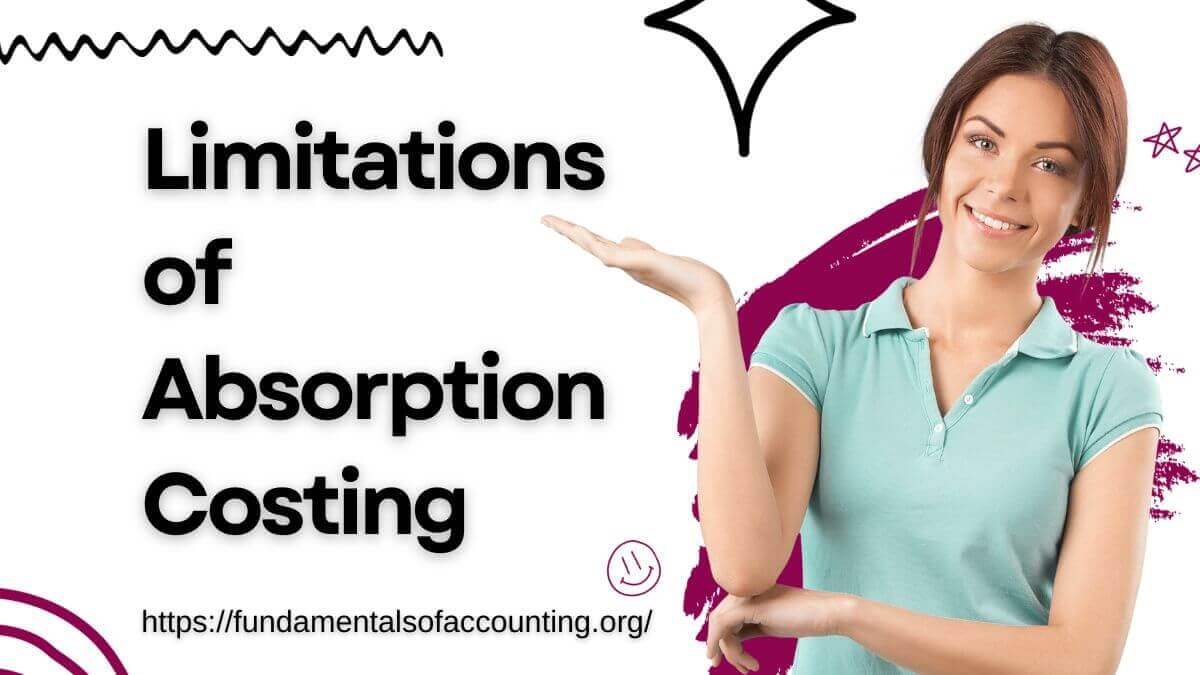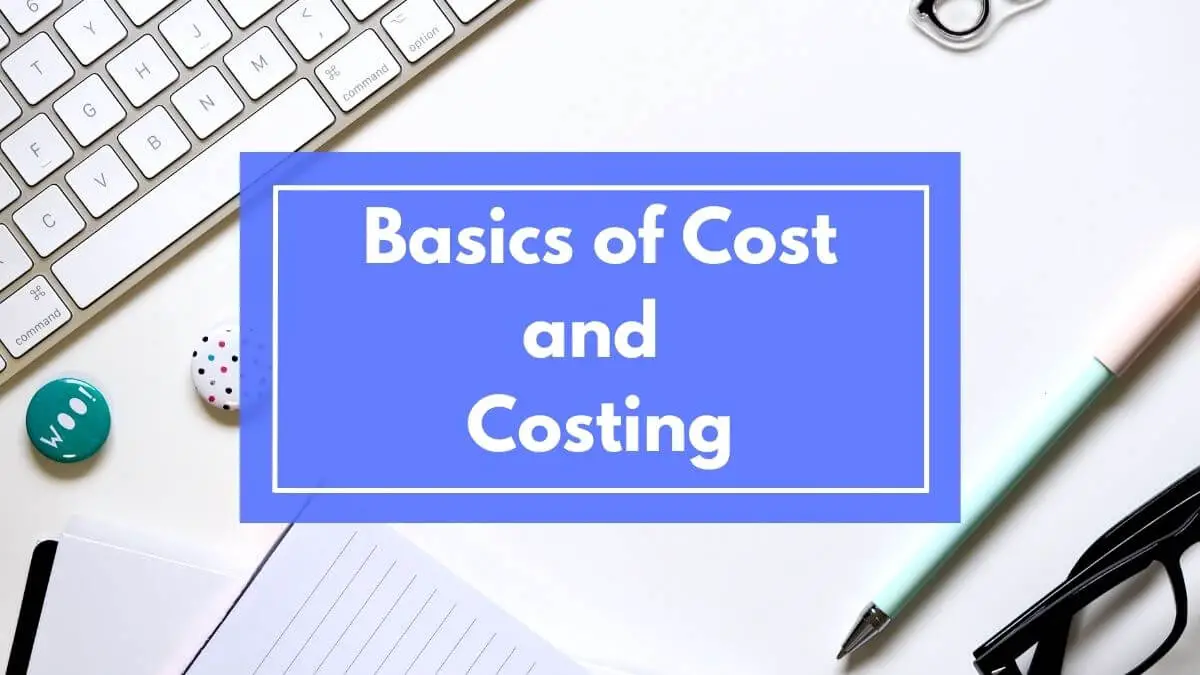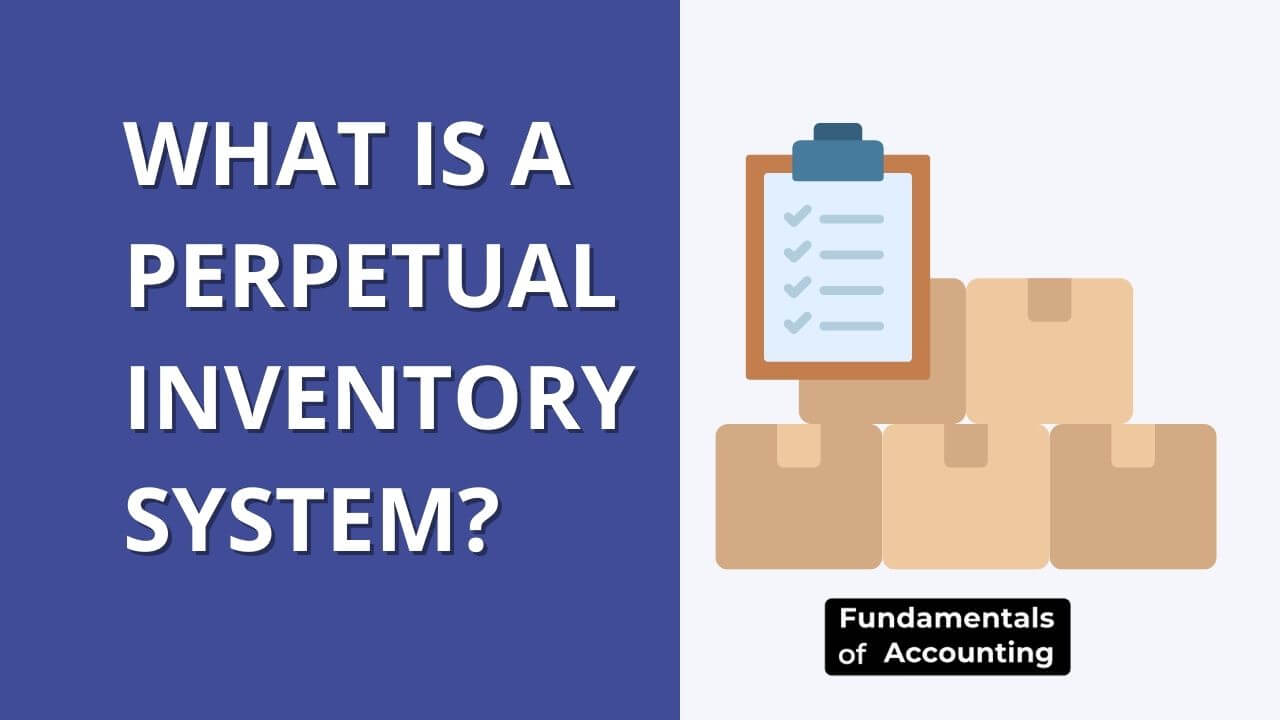What is Material Cost Variance in Costing?

Material Cost Variance is the difference between the standard cost of the material allowed for the output and the actual cost of the material used. ICMS has defined MCV as the difference between the standard direct material cost of actual production volume and the actual cost of direct material. It is the aggregate of material […]
What is variance analysis and its usefulness?

Variance refers to the difference between the standard and actual variables. For example, you can calculate the selling price variance to find the difference between the actual and standard selling prices. In cost accounting, variance analysis is a technique for ascertaining the causes of differences in the budgeted and actual outputs. There are 2 types […]
What Are the Limitations of Absorption Costing?

The term “absorption costing” refers to a method of inventory costing that treats all direct and indirect manufacturing costs as inventory costs. This method can be defined as “the method that includes all direct manufacturing costs and all indirect manufacturing costs as inventory costs.” Despite having several advantages in cost and management accounting, the following […]
What is a Budget Manual? – Meaning and definition

A budget manual outlines the policies, procedures, timelines, and responsibilities related to the budgeting process within an organisation. It serves as a reference tool for all individuals involved in the budgeting process, helping to clarify expectations, roles, and requirements. CIMA London defines a budget manual as a document schedule or booklet which sets out, inter […]
What Are Direct Material Cost Variances?

Direct material cost variance refers to the difference between direct materials’ actual and standard costs. It is calculated using actual output. Direct material cost variance is important for cost control and profitability analysis in manufacturing companies. It can be used to assess the effectiveness of purchasing strategies and identify potential cost savings opportunities. Reasons for […]
Basics of Cost and Costing in Management Accounting

Cost and costing are basic principles of management accounting, enabling companies to monitor expenses, determine prices, and optimize profitability. Cost is the monetary amount of resources consumed in production, whereas costing is the recording, classification, and analysis of costs to facilitate decision-making. It is essential for businesses to understand cost behavior to manage expenses and […]
How to calculate liquidity ratios?- With examples

The term liquidity refers to the ability of the firm to meet its obligations as and when due. The current liability of the company meets the realising amount from current assets. The current assets may be in the form of liquid or near-to-liquid. The sufficient or insufficient current assets should be assessed by comparing the […]
What is a Perpetual Inventory System?

Businesses that use a perpetual inventory system maintain accurate records of the costs associated with each inventory acquisition and sale. These records show the inventory that should be kept on hand for each item constantly or permanently. For instance, a Ford dealership maintains distinct inventory records for each car, truck, and van on its lot […]
What are Direct Expenses in Costing? – Meaning and Examples

A direct expense is an expenditure that can be easily traced back to a specific cost centre within a company. Direct expenses are also known as chargeable expenses. Direct expenses are typically incurred due to operational activity and include items such as raw materials, direct labour, and other factory-related overhead costs. While direct expenses are […]
Direct Materials- Meaning and Examples

Direct Materials are those materials that can be identified in the product, measured and directly charged to the product to the product. Thus, these materials directly enter production and form a part of the finished product. For example, timber in furniture, cloth in dressmaking and bricks in building a house. The following are normally classified […]
